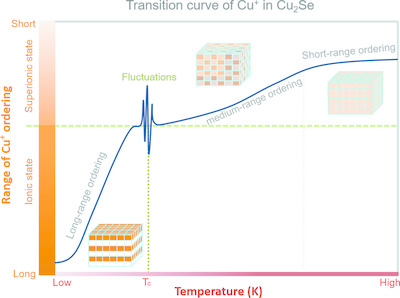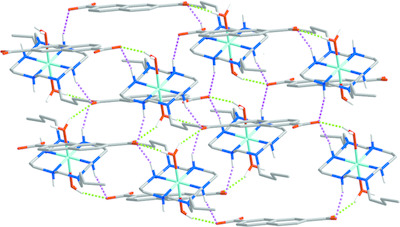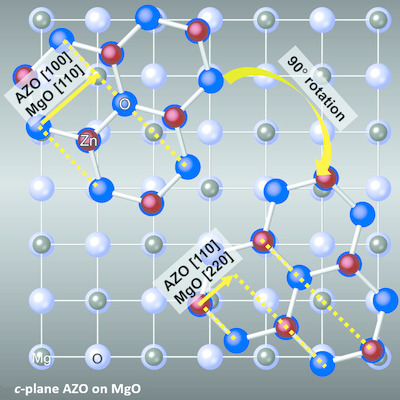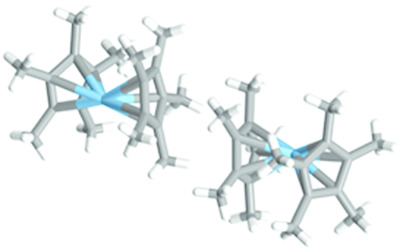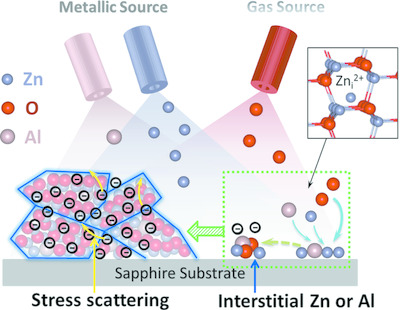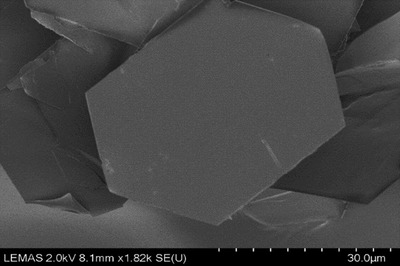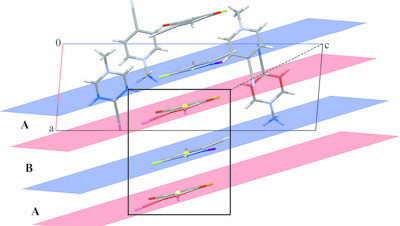Journal list menu
Export Citations
Download PDFs
research papers
Crystal structure, vibrational frequencies and polarizability distribution in hydrogen-bonded salts of pyromellitic acid
- Pages: 144-156
- First Published: 16 March 2020
Interplay between packing, dimer interaction energy and morphology in a series of tricyclic imide crystals
- Pages: 157-165
- First Published: 16 March 2020
Intermolecular interaction energies and magnetic properties of spin-isolated multinuclear CuII complexes
- Pages: 166-176
- First Published: 16 March 2020
Structure variations within RSi2 and R2TSi3 silicides. Part I. Structure overview
- Pages: 177-200
- First Published: 16 March 2020

Most articles dealing with RSi2 and R2TSi3 compounds are only interested in one specific compound or in a series of compounds with varying T elements while keeping R fixed (or vice versa). Here, the focus lies on the complete space of 2:1:3 and 1:2 silicides. In addition further variations of superstructures are revealed and focus on crystallographic properties.
The order–disorder transition in Cu2Se and medium-range ordering in the high-temperature phase
- Pages: 201-207
- First Published: 16 March 2020
Supramolecular structure, in vivo biological activities and molecular-docking-based potential cardiotoxic exploration of aconine hydrochloride monohydrate as a novel salt form
- Pages: 208-224
- First Published: 23 March 2020
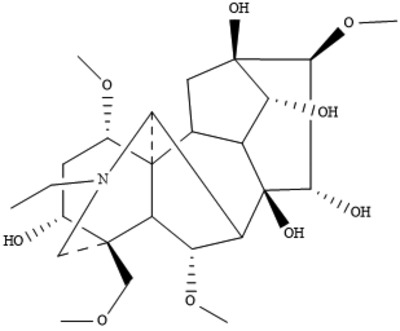
A crystallographic study of aconine hydrochloride monohydrate (AHM) as a novel salt form is reported. A green chemistry technique and structural confirmation of AHM have offered a rational approach for improving the pharmaceutical technology of WuTou injection, together with the potential for obtaining a potent drug with minor toxicity.
Solvent-triggered single-crystal-to-single-crystal transformation from a monomeric to polymeric copper(II) complex based on an aza macrocyclic ligand
- Pages: 225-232
- First Published: 19 March 2020
Growth of c-plane and m-plane aluminium-doped zinc oxide thin films: epitaxy on flexible substrates with cubic-structure seeds
- Pages: 233-240
- First Published: 19 March 2020
Supramolecular cocrystals of O—H…O hydrogen-bonded 18-crown-6 with isophthalic acid derivatives: Hirshfeld surface analysis and third-order nonlinear optical properties
- Pages: 241-251
- First Published: 19 March 2020
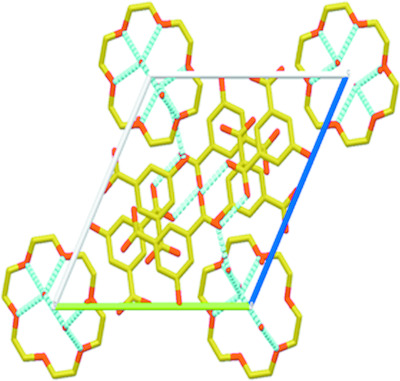
The novel supramolecular host–guest architectures of cocrystallized 18-crown-6 with isophthalic derivatives, 18-crown-6·6(5-hydroxyisophthalic acid)·10(H2O) and 18-crown-6·2(trimesic acid)·2(H2O), mainly stabilized by O—H…O hydrogen bonding and π…π interactions, have been described. Intra- and intermolecular interactions are analyzed and quantified by Hirshfeld surfaces derived from single crystal XRD data.
Stacking interactions of the methylated cyclopentadienyl ligands in the crystal structures of transition metal complexes
- Pages: 252-258
- First Published: 19 March 2020
Effect of growth modes on electrical and thermal transport of thermoelectric ZnO:Al films
- Pages: 259-266
- First Published: 19 March 2020
The influence of deuteration on the crystal structure of hybrid halide perovskites: a temperature-dependent neutron diffraction study of FAPbBr3
- Pages: 267-274
- First Published: 07 April 2020
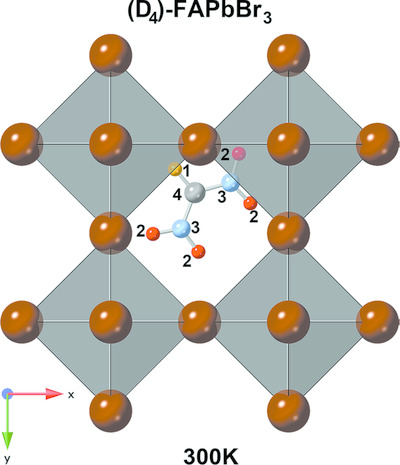
Deuteration severely influences all temperature-dependent structural modifications in the hybrid perovskite FAPbBr3. It leads to partially-ordered temperature-dependent structural modifications in which two symmetry-independent molecule positions with additional dislocation of the molecular centre atom and molecular angle inclinations are present.
The crystal structure, morphology and mechanical properties of diaquabis(omeprazolate)magnesium dihydrate
- Pages: 275-284
- First Published: 07 April 2020
Pancake-bonding of semiquinone radicals under variable temperature and pressure conditions
- Pages: 285-291
- First Published: 07 April 2020




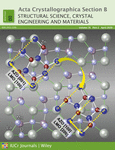

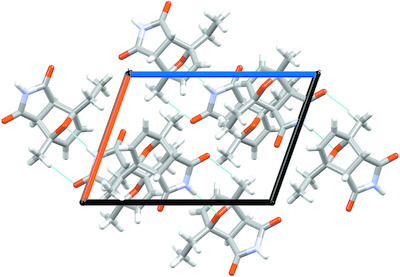
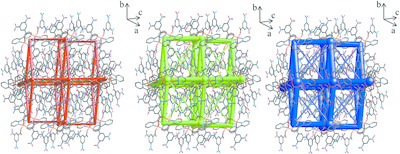
 as the magnetic orbital with spin-isolated behavior.
as the magnetic orbital with spin-isolated behavior.